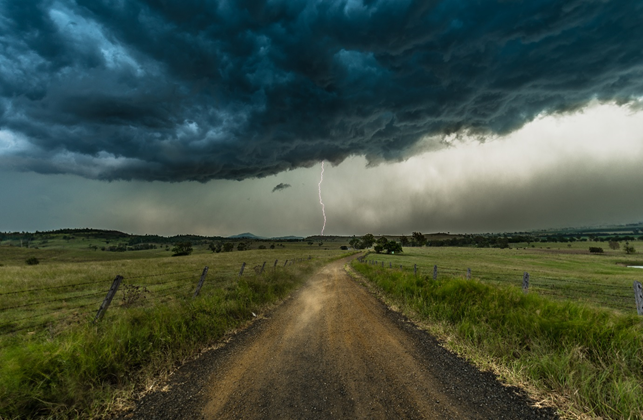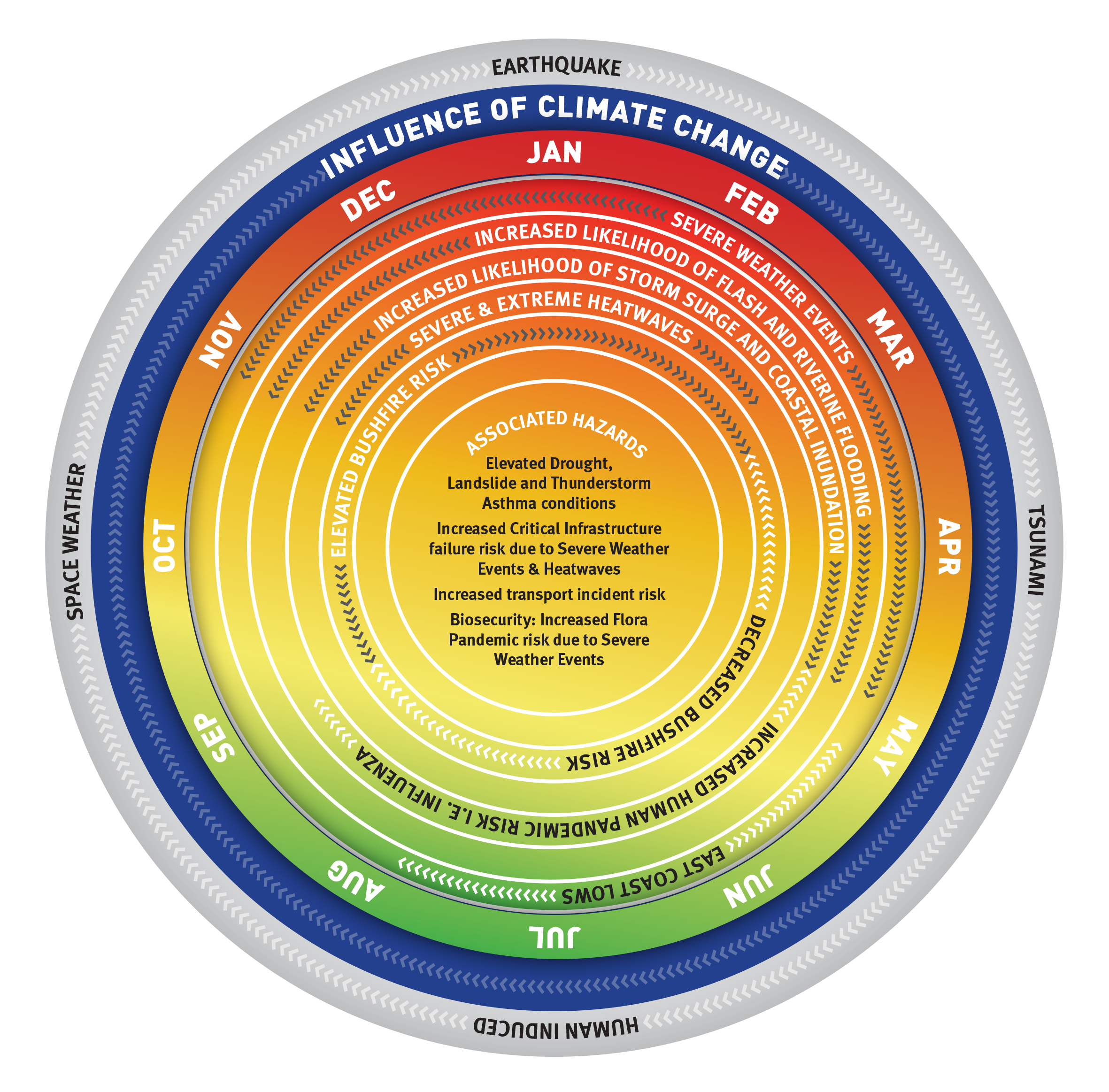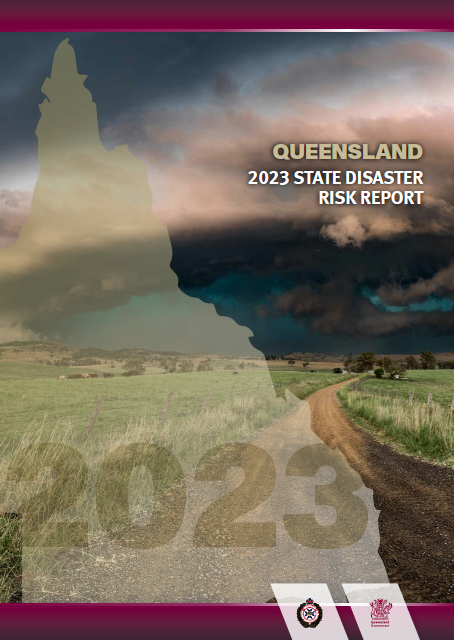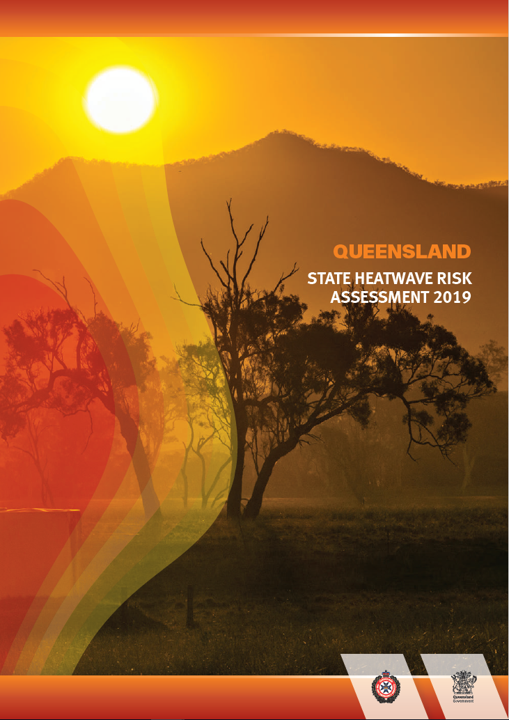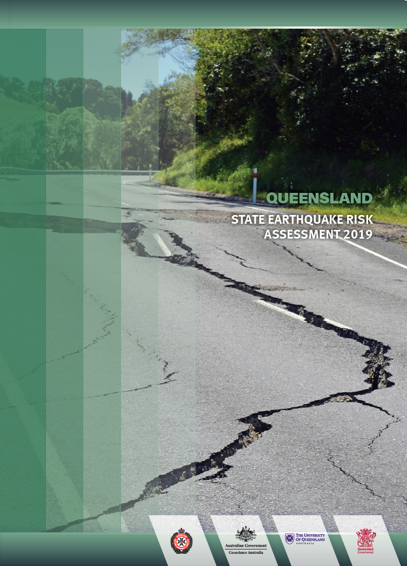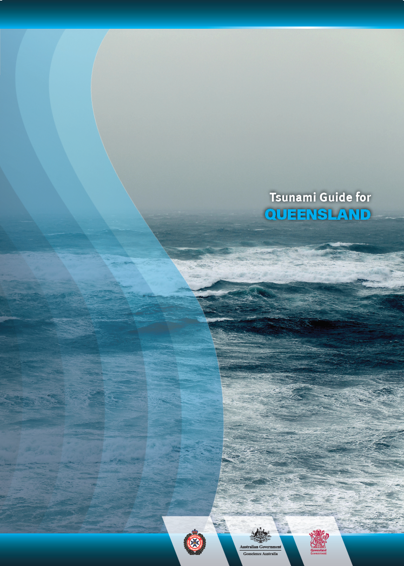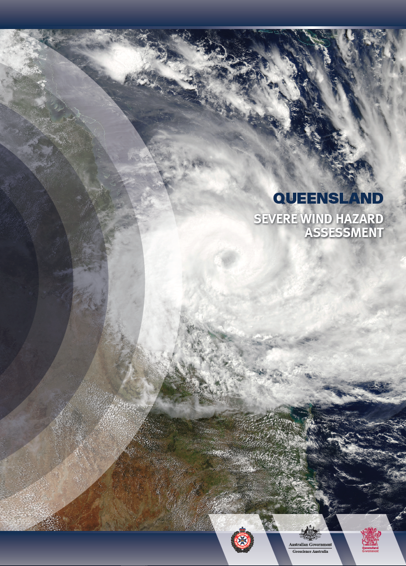Disaster risk management governance from local, to district to state to national is a foundation of the disaster management arrangements in Queensland. This includes the development of scientifically informed disaster risk assessments and impact tools for disaster risk management for Queensland, to ensure there is shared understanding of risks, and that they are managed to reduce the impact of disasters on the community.
Our understanding of disaster risk is deepening as we experience and analyse the impacts and consequences of each disaster season in Queensland. Our awareness of what constitutes risk and the information and tools needed to effectively manage these changing risks is also improving. This means that our approach to disaster risk management in Queensland also needs to evolve, so that we can ensure our information, intelligence and processes are up to date in supporting risk-based planning and decision making by all stakeholders.
The Queensland Government is also currently delivering a suite of reforms to Queensland's disaster and emergency management system.
In line with these reforms, from 1 July 2024 the State-level hazard and risk functions previously performed by the Queensland Fire and Emergency Services (QFES) Hazard and Risk Unit will transition to the Queensland Reconstruction Authority (QRA). From this time, QRA will be responsible for leading state-level hazard and risk functions, including the design and delivery of a risk assessment tool, as well as a number of projects and activities relating to community engagement and education, and community awareness campaigns.
Any questions or queries relating to State-level Hazard and Risk should be directed to Hazard.Risk@qra.qld.gov.au .
Queensland Emergency Risk Assessment Tool
As part of the evolution of Queensland’s disaster risk management approach, the Queensland Emergency Risk Management Framework (QERMF) is also being refined.
Following an Independent Review into the QERMF, refinements were made to the original QERMF (known as Version 1) to simplify and refine the risk assessment process.
During this time, the Inspector General for Emergency Management Review of Queensland’s Disaster Management Arrangements was released, and a recommendation was made (2g) that the Queensland Reconstruction Authority leads state-level hazard and risk functions, including the design and delivery of a risk assessment tool that is locally appropriate, cost-effective and fit for purpose.
The draft Version 2 of the QERMF arising from these reviews has been further refined, and is intended to focus primarily on the high level identification and prioritisation of the dimensions of risk that need to be considered as part of Queensland’s Disaster Management Arrangements (QDMA).
There are other dimensions of existing or future disaster risk that sit outside of the disaster management arrangements, including systemic and strategic risks associated with natural hazards. Assessment and management frameworks for these risks are under development. The revised risk assessment approach is therefore intended to form part of a broader suite of risk identification, assessment and management products as part of ongoing reforms to Queensland’s Disaster Risk Management Approach.
The key audiences are Local Disaster Management Groups (LDMGs) and District Disaster Management Groups (DDMGs). It is designed to assist these groups undertake high level disaster risk assessments for their local government area or district that can inform risk-based disaster management planning through the local disaster management plan (LDMP) and district disaster management plan (DDMP) preparation processes.
More broadly, it is also the tool by which state-level risk assessments and risk reporting (such as the State Disaster Risk Report) will be prepared for communicating a statewide view of disaster risk.
It is not intended to duplicate or override existing established risk management processes such as those undertaken in accordance with the Queensland Flood Risk Management Framework (QFRMF), or the Coastal Hazard Adaptation Program (QCoast 2100).
A Handbook and Tool is available for those Councils, LDMGs or DDMGs wishing to undertake an emergency risk assessment to inform their risk-based DM planning processes – such as updating their LDMPs or DDMPs. Refinements are being made over time to Queensland disaster risk assessment and management approach through a process of continuous improvement.
To access a copy of the Handbook and Tool, please contact the QRA team via Hazard.Risk@qra.qld.gov.au.
Questionnaires
The questionnaires provided here seek to assist the disaster management practitioner in gathering relevant information to support the risk assessment process and the development of an effective Disaster Management Plan.
The questionnaires act as a method of governance to ensure accountability through the risk assessment process and enable clear line of sight in the determination and communication of residual risk.
Where there is no provision of information from a stakeholder or entity who has responsibility for an element within the area under assessment, this can be noted as residual risk within the process and then transferred (where appropriate) to the next level of QDMA for action or awareness.
The first questionnaire seeks to guide a practitioner in the completion of an all-hazards assessment, where there is shared responsibility to plan for disaster/emergency related risk.
The second questionnaire will aid the practitioner in determining what functional requirements are needed to provide support to lead agencies in the management of a disaster or emergency e.g. an environmental disaster in the marine environment, in support of TMR as the lead agency as identified in the SDMP.)
The process for employing these questionnaires to support the conduct of the QERMF Risk Assessment Process is outlined in the traffic light diagram below.
Disaster Management Group Stakeholder Questionnaire (DOCX, 342 KB)





